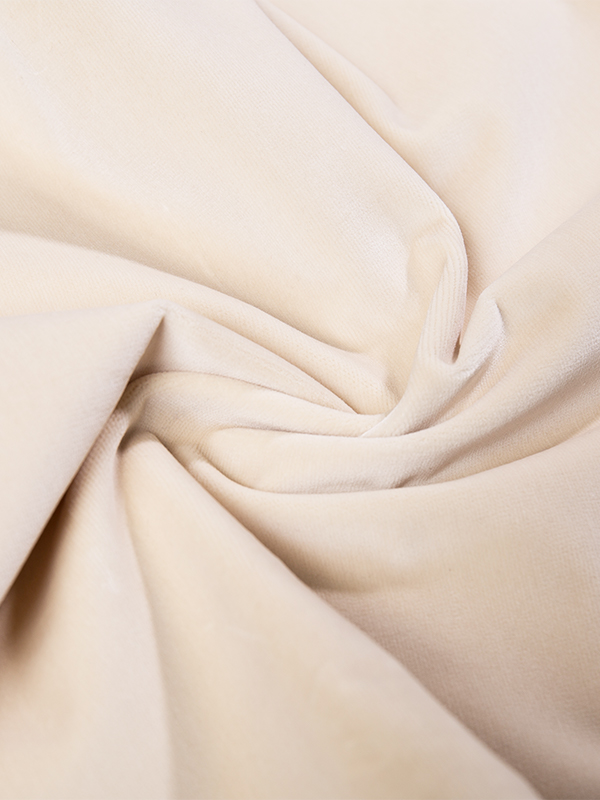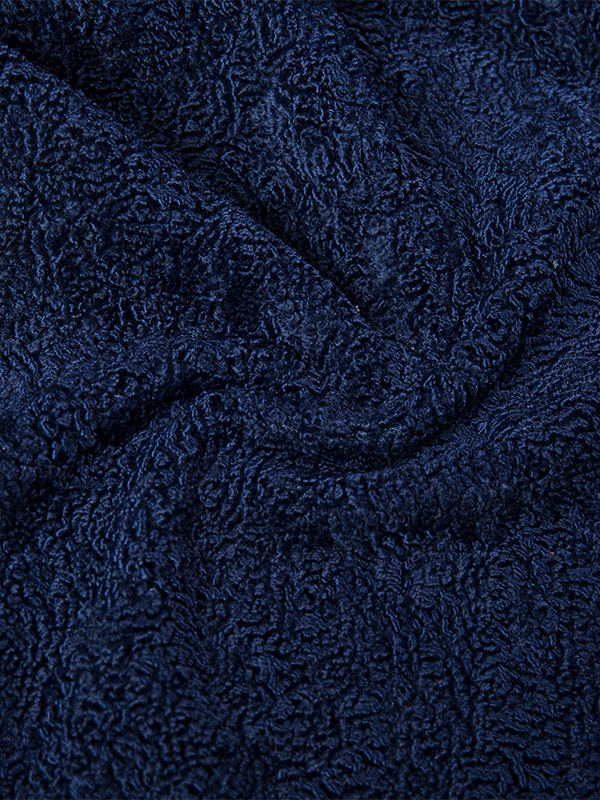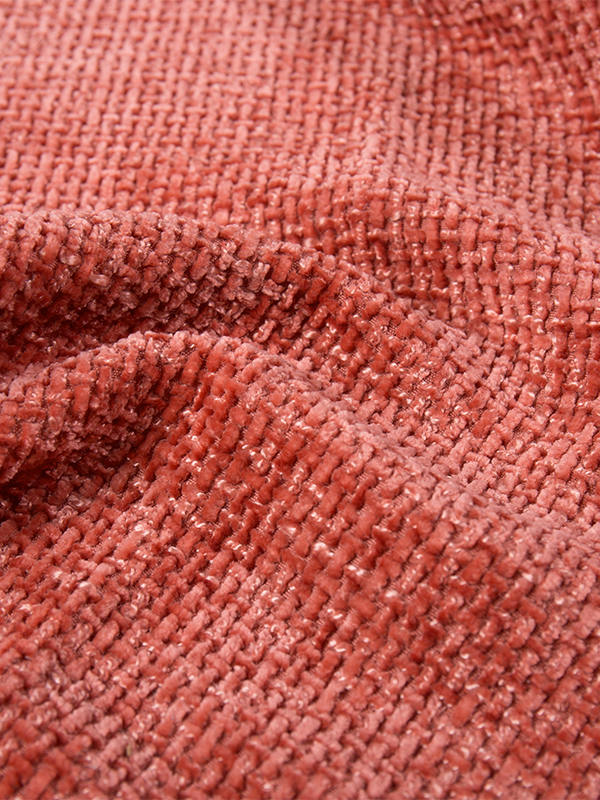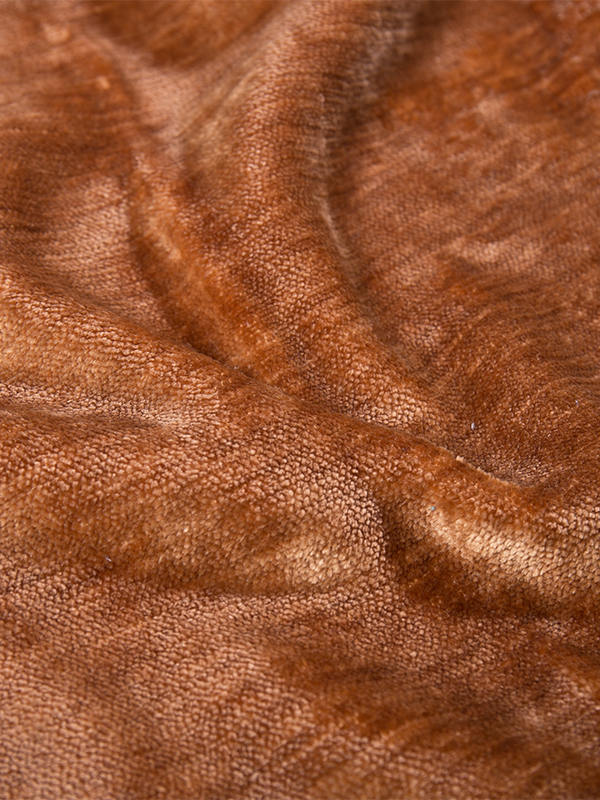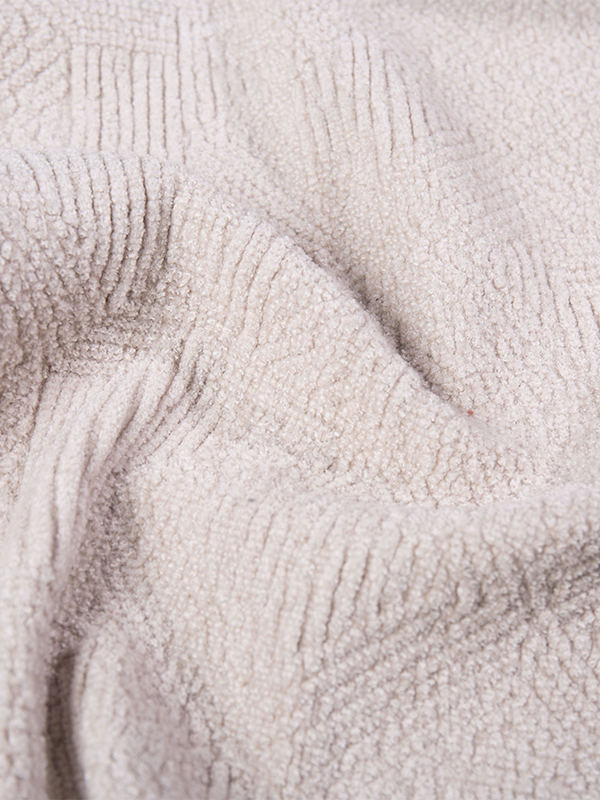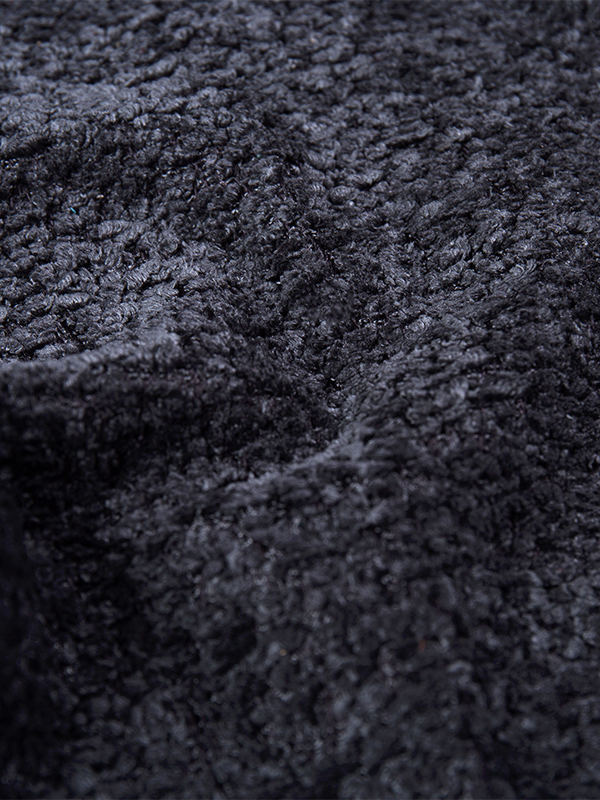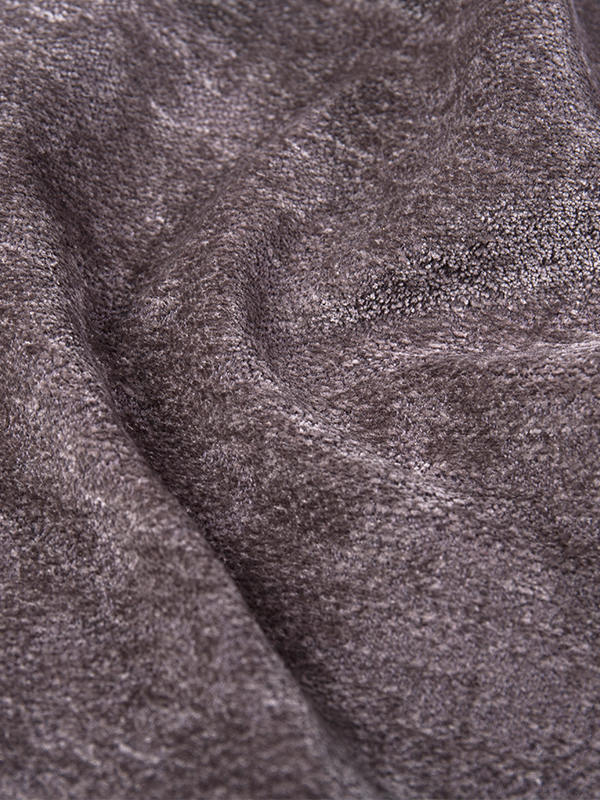When choosing fabrics for clothing, upholstery, or home textiles, understanding the unique characteristics of different materials is essential. Two popular options are Solid Linen Knit Fabric and Solid Color Fleece Fabric, each offering distinct qualities that suit various purposes. Although both are widely used and appreciated, they differ in texture, appearance, comfort, maintenance, and application. This essay explores these differences clearly and realistically to help users select the fabric better aligned with their needs.
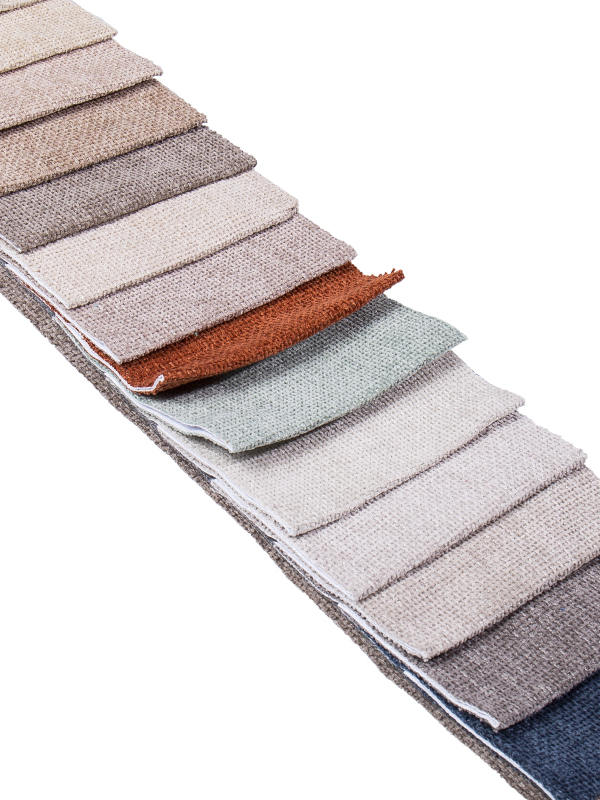
Solid Linen Knit Fabric is made primarily from natural linen fibers, woven or knitted to form a textile known for breathability and a slightly textured surface. One of the notable features of linen knit fabric is its ability to regulate temperature effectively. Thanks to the natural properties of linen fibers, this fabric remains cool and comfortable in warm conditions, making it highly suitable for summer apparel and lightweight home textiles such as curtains or pillow covers. The knitted structure adds a gentle stretch and softness that enhances comfort without sacrificing the fabric's natural breathability.
The texture of Solid Linen Knit Fabric is slightly coarse compared to smoother fabrics, yet it softens with repeated washing and use. This subtle texture adds a natural, casual aesthetic that appeals to those seeking an organic or rustic look. Linen knit is also known for its durability and strength, making it a reliable choice for items requiring long-term use. Additionally, its moisture-wicking capabilities help keep the wearer or user dry by drawing sweat away from the skin, enhancing comfort during active wear.
Fleece fabric differs significantly in texture from Solid Linen Knit Fabric. While linen knit is breathable and slightly textured, fleece is dense, smooth, and thick, creating a barrier against cold air. This thickness also makes fleece fabric more voluminous, which can impact the overall style and weight of the final product. Additionally, fleece fabric generally exhibits good stretch, although the feel is more synthetic and less natural than linen.
Maintenance and care further highlight the differences between these fabrics. Solid Linen Knit Fabric typically requires gentle washing and careful handling to preserve its natural fibers and prevent excessive wrinkling. It is advisable to avoid high heat during washing or drying to maintain its shape and softness. On the other hand, Solid Color Fleece Fabric is often easier to care for, as it is machine-washable and quick-drying, resisting wrinkles and shrinking more effectively than linen knit. However, fleece may be prone to pilling over time, especially in high-friction areas, which can affect its appearance if not properly maintained.
The environmental impact of these fabrics also differs. Linen knit fabric, being derived from flax plants, is considered more sustainable and biodegradable. Linen cultivation generally requires fewer pesticides and less water compared to cotton and synthetic fibers. In contrast, fleece fabric is produced from petroleum-based polyester, raising considerations about its ecological footprint, especially concerning microplastic shedding during washing. Consumers mindful of sustainability often weigh these factors when choosing between the two.
From an aesthetic perspective, Solid Linen Knit Fabric offers a natural, matte finish with subtle variations that reflect its organic origin. It works well in casual and semi-formal garments, as well as in interior design settings emphasizing natural textures and a relaxed ambiance. Solid Color Fleece Fabric, with its smooth and consistent surface, lends itself to sporty, casual, or utilitarian styles where warmth and softness are priorities.
In terms of applications, these fabrics serve different markets. Solid Linen Knit Fabric is favored for lightweight clothing items such as shirts, dresses, and tunics, especially where breathability and a natural look are desired. It also finds use in home textiles where a crisp, fresh aesthetic is suitable. Conversely, Solid Color Fleece Fabric is primarily used for winter wear, activewear, and cozy accessories. Its insulating qualities make it a go-to for cold-weather gear, and it is often incorporated into linings or outerwear where warmth retention is critical.

 English
English 中文简体
中文简体 русский
русский عربى
عربى Español
Español